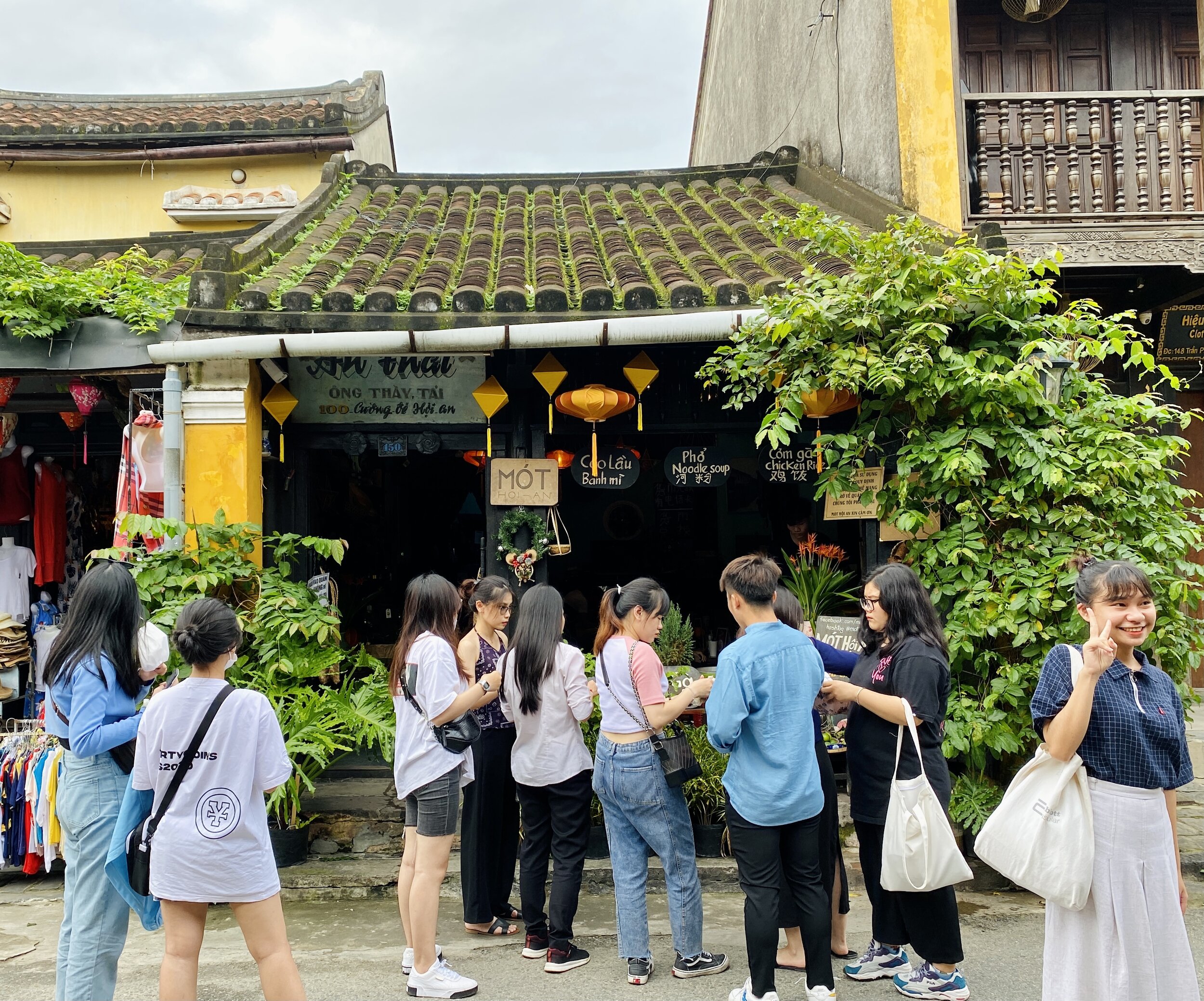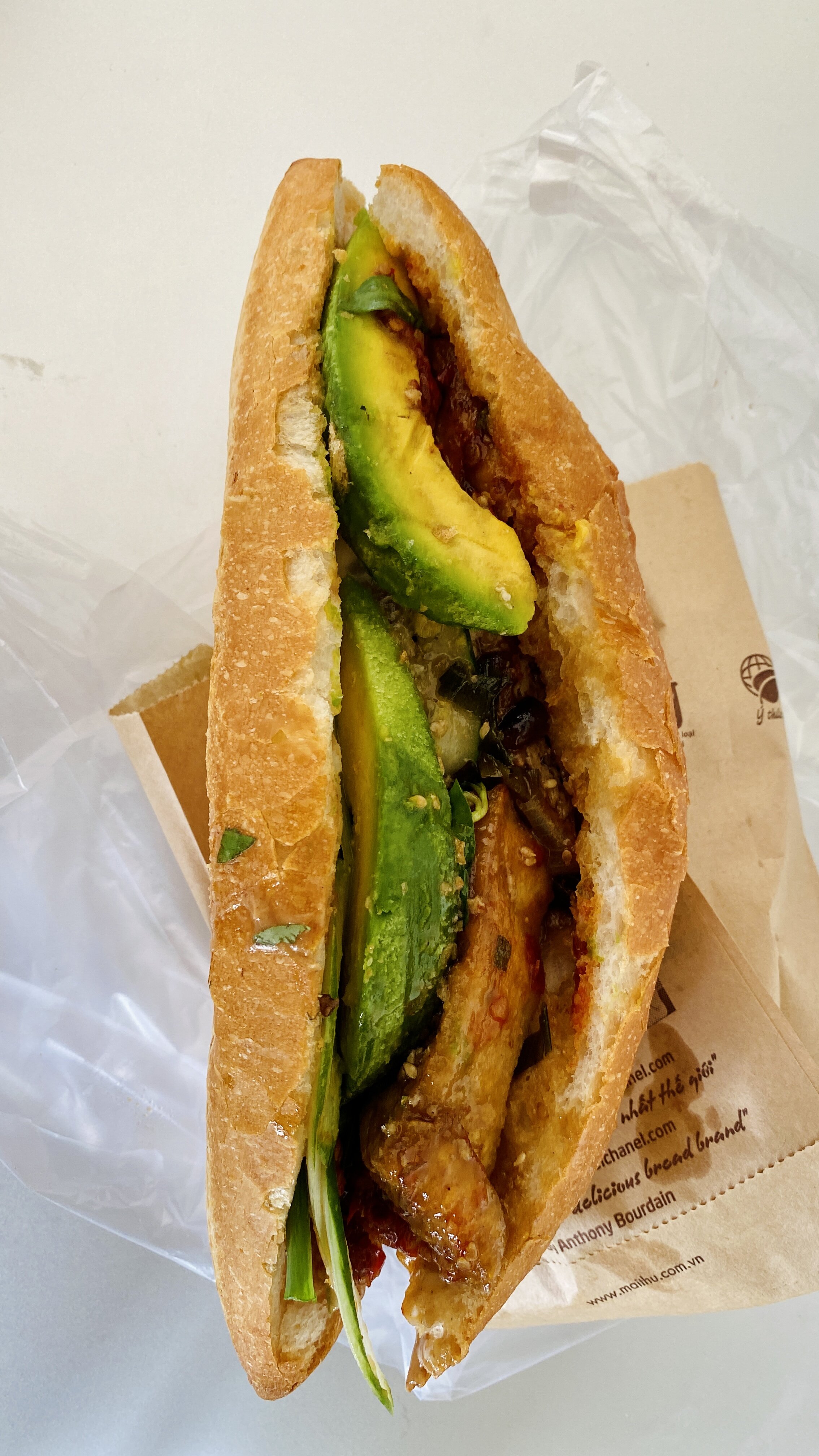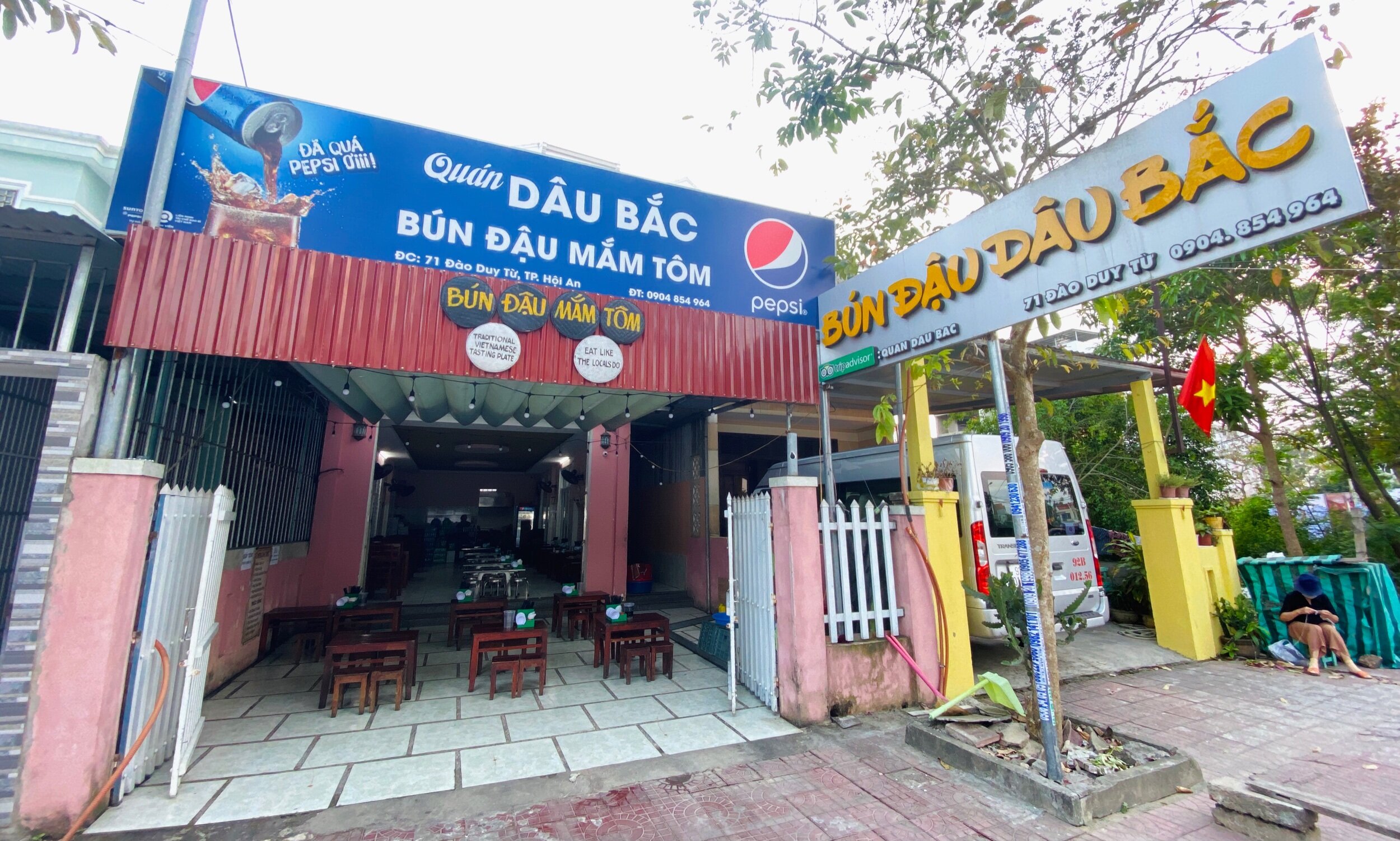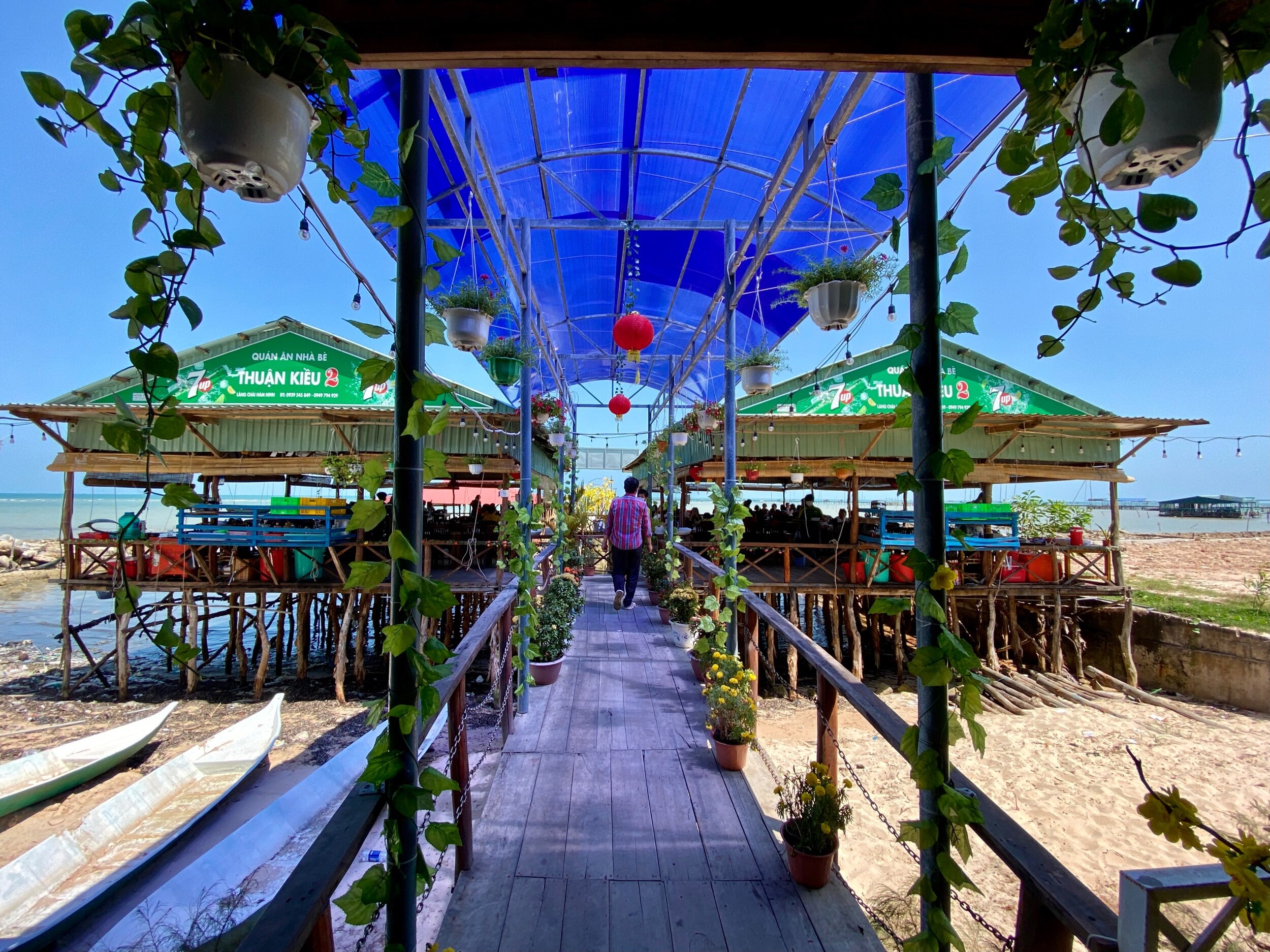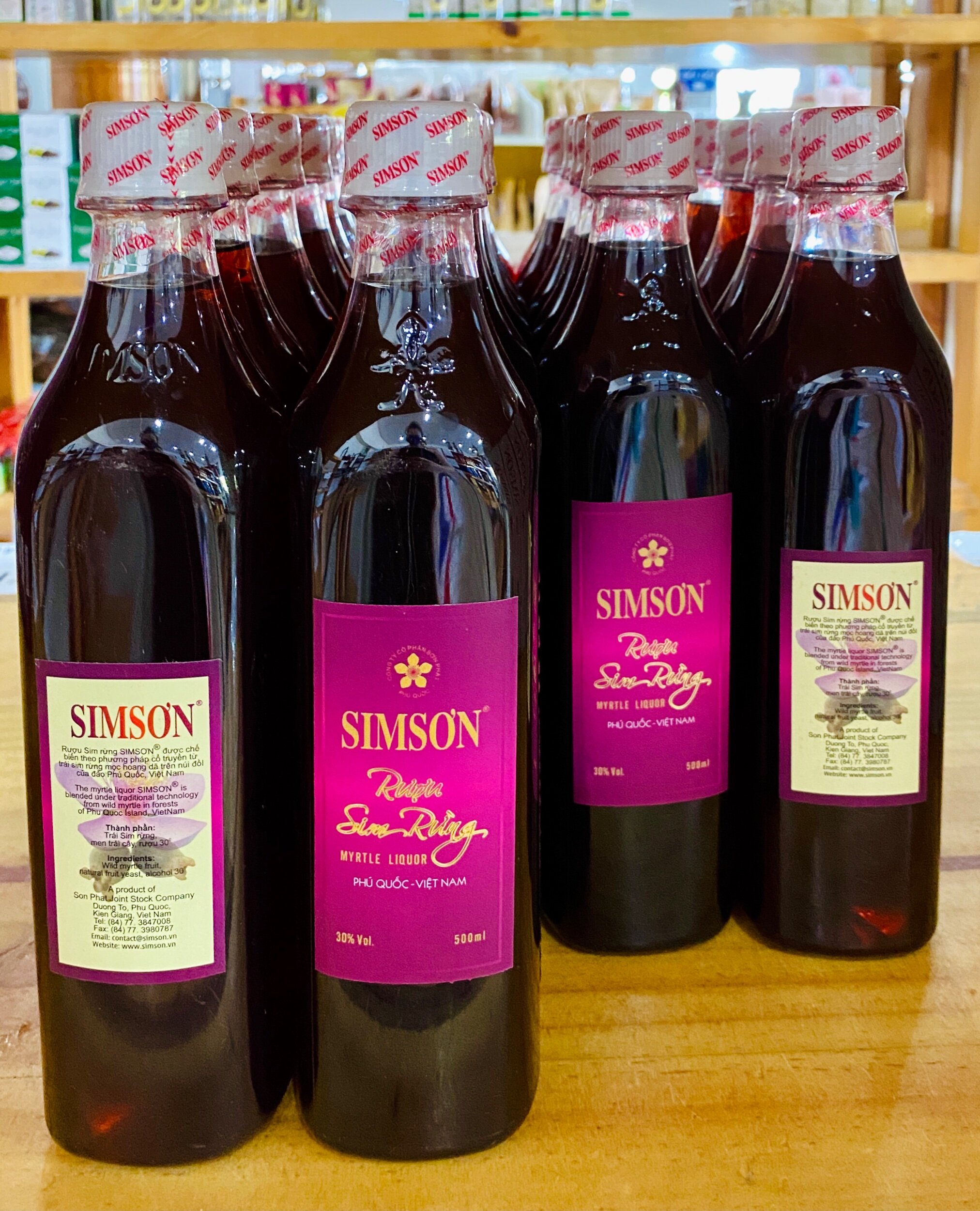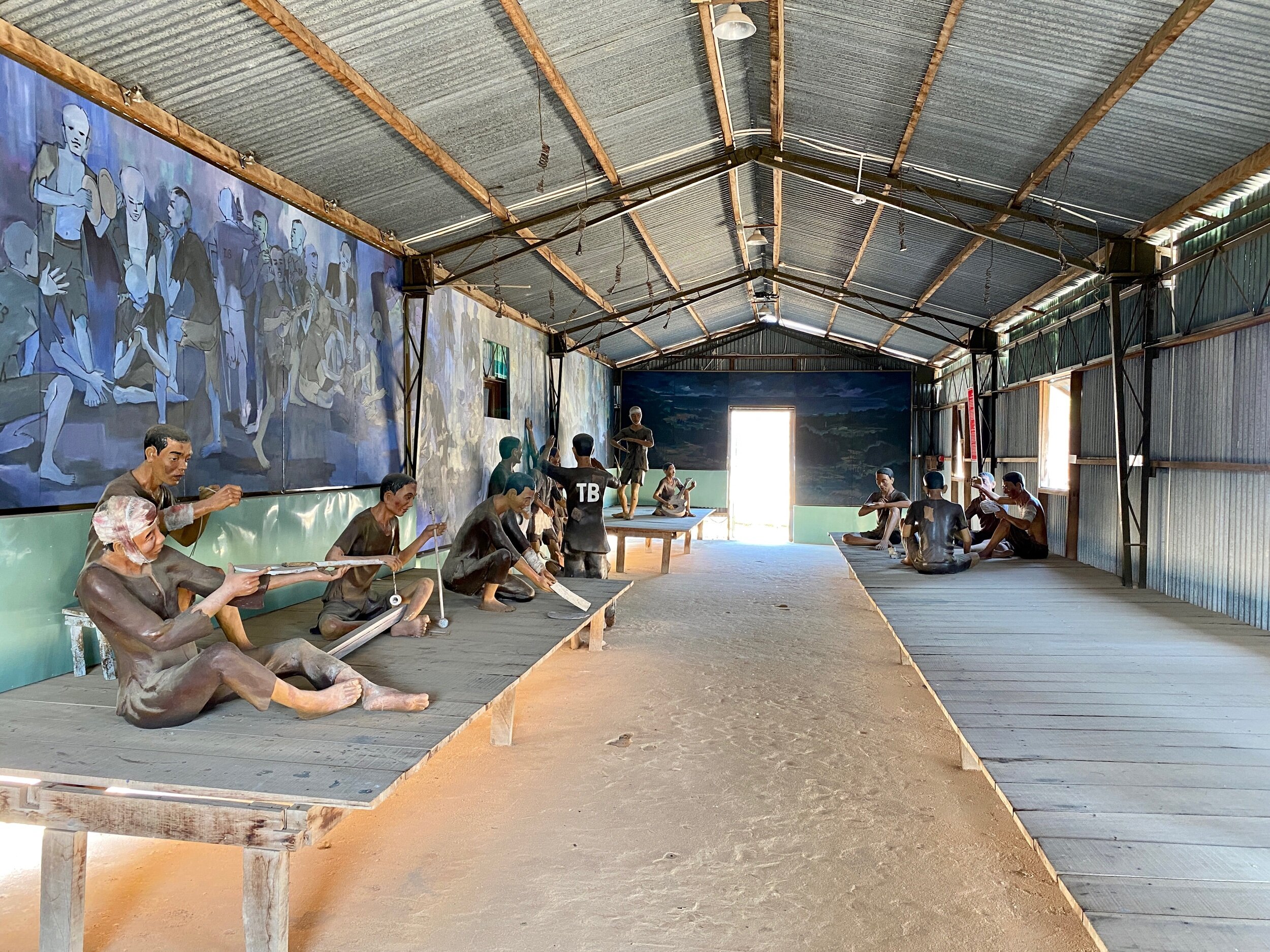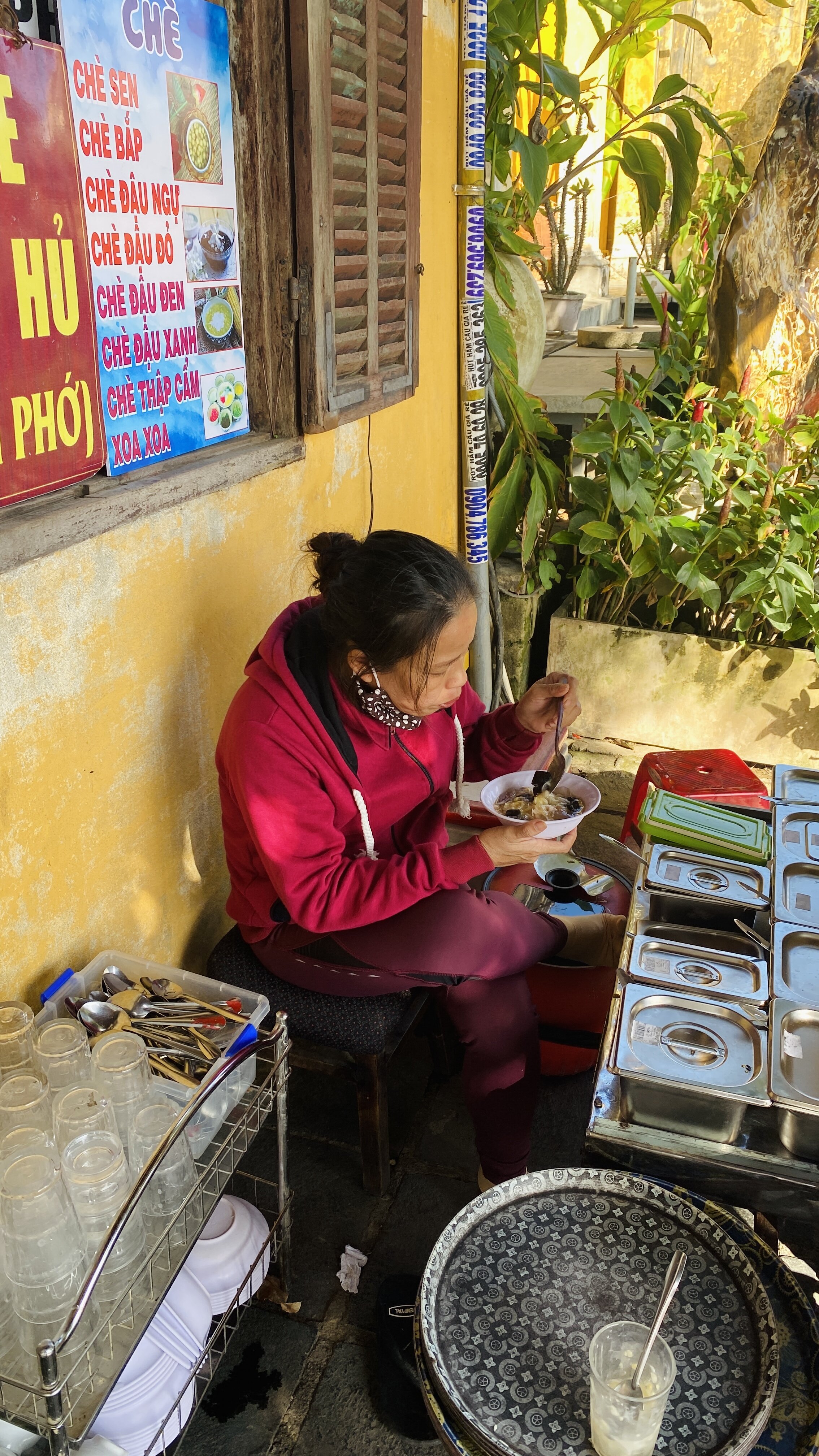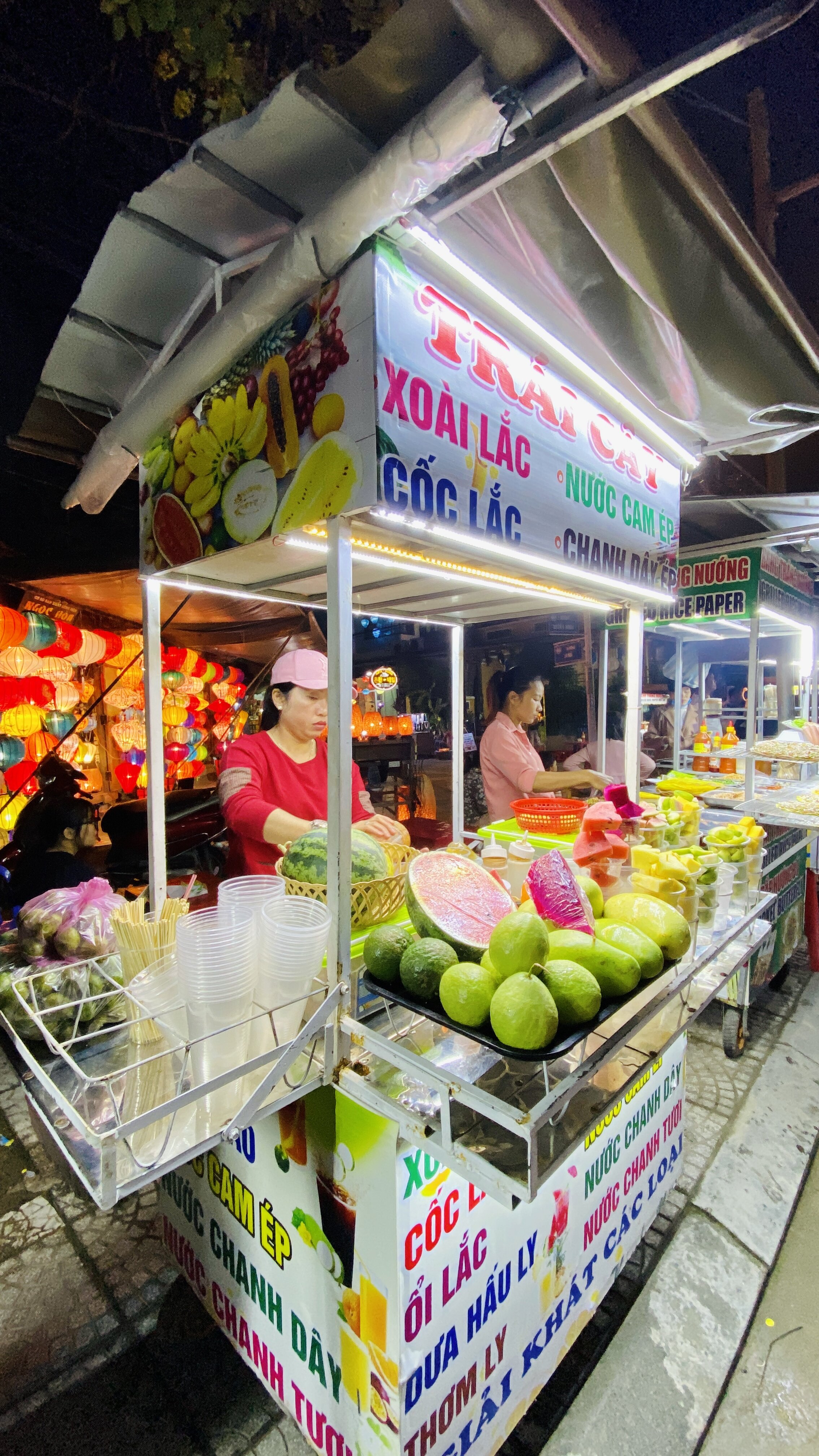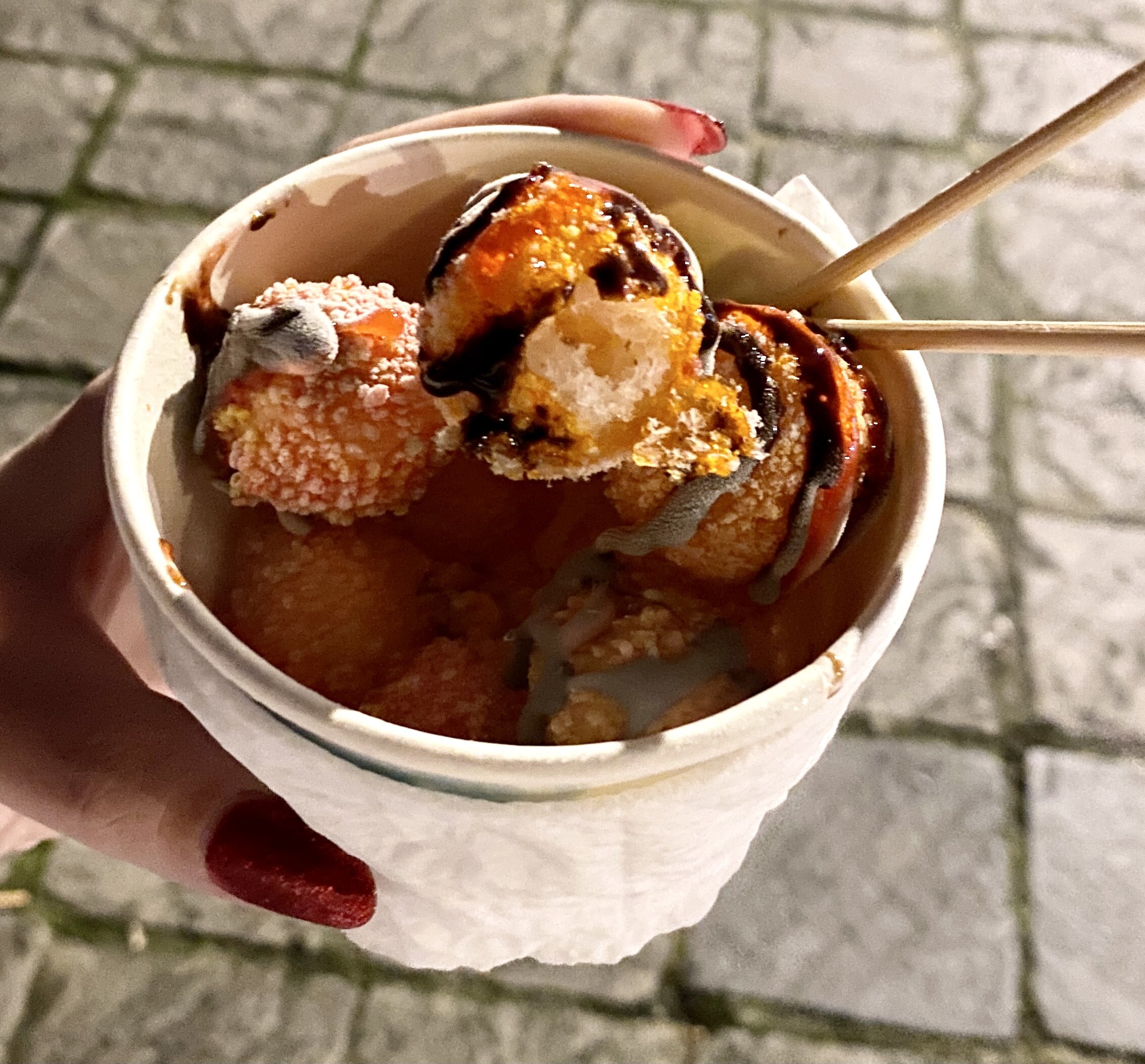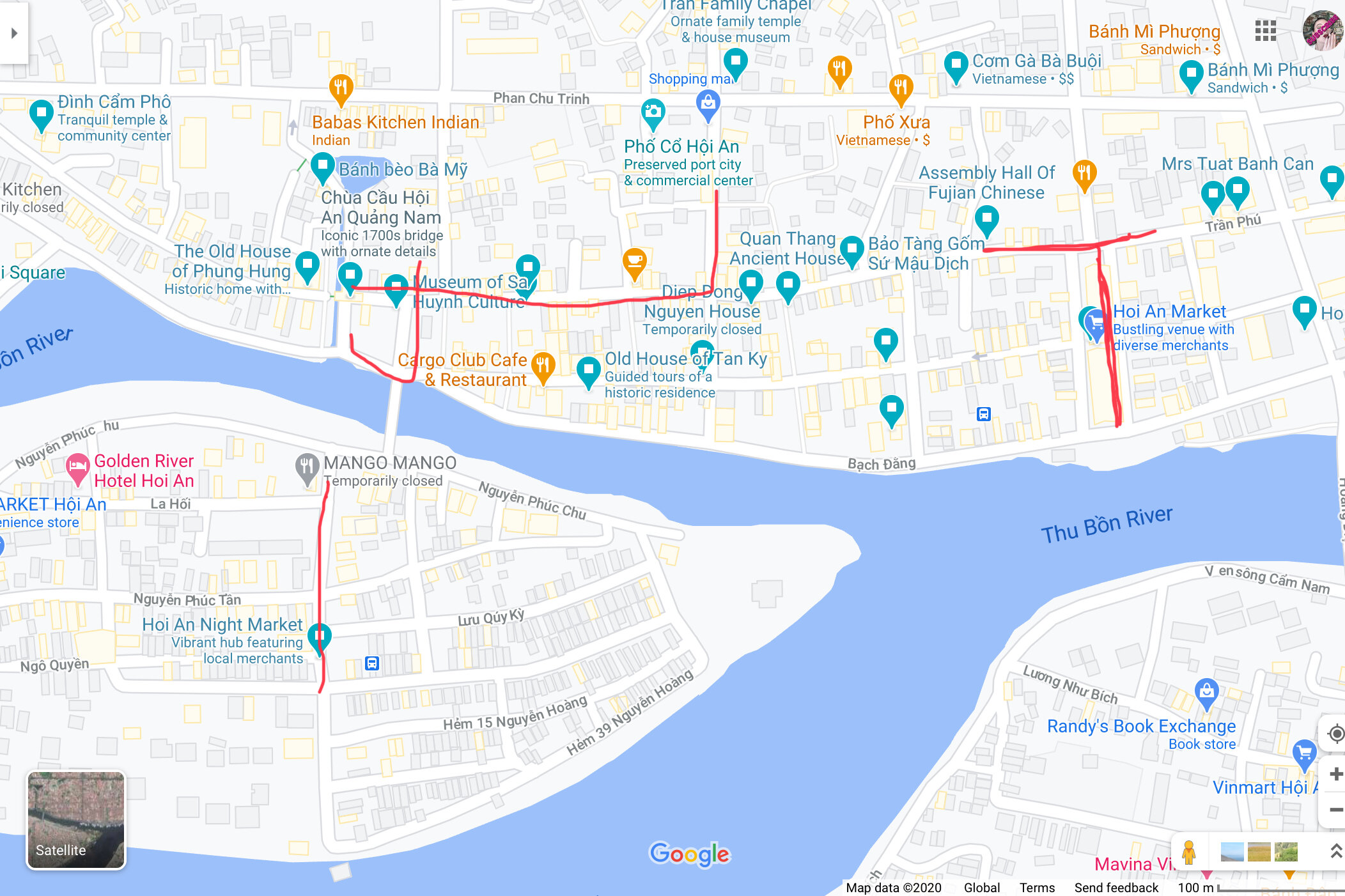Every tourist city in Vietnam seems to have an ubiquitous day tour, the low price/greatest hits combo that’s sold by every agency and hotel, but serviced by only one or two companies.
In Phu Quốc, that tour is the 4 island boat trip by John’s Tours, best with the Aquatopia water park/cable car upgrade, and often combined with evening squid fishing (and let me be super clear, I have not been compensated by them in any way): https://phuquoctrip.com/daily-boat-trips
You can do the cable car and Aquatopia water park by yourself, of course, but I found that they were less expensive when combined with the tour due to the included hotel transfers. There was also more than enough time at the water park to do 5 or 6 of the big slides and a trip around the lazy river.
You can choose between tour boat and speedboat; I much prefer the tour boat! The islands are all pretty much the same anyway: OK beaches with seafood restaurants, coconut stands, and maybe a cocktail bar, plus weirdly contrived instagram stations and sun loungers costing $1-2 whether or not you buy a drink. Less than a month later, I did not even remember how many islands there were, much less any differences between them.
I appreciated the dedication to keeping me consistently buzzed, loved the packs of beach dogs, and was very amused by the trend among Vietnamese couples and families to wear matching tropical print ensembles for their photo shoots. That said, none of this is worth rushing towards in a cramped speedboat! The chill experience of sunbathing and napping and having lunch on the slow boat is far superior.
Lunch is included on the slow boat, and it’s pretty good: shrimp, fried tofu, fish soup, veggies and rice. Pretty early in the morning they offer up a variety of shellfish you can have barbecued and served with your lunch (for an additional cost). I didn’t order anything because it was too early in the morning, and the thought of seafood made me feel a bit nauseous. I regretted it! The prices were fair and the selection was the freshest, most exotic stuff, including a variety of bigger snails that are hard to find on local menus, sea urchins, and horn scallops.
Snorkeling was for maybe 30 or 40 minutes between two of the islands. A lot of the coral was bleached and there weren’t a ton of fish; visibility was OK but it wasn’t very colorful! However, I love swimming and snorkeling so for me it was a nice part of the trip.
I’m no connoisseur of amusement parks or water parks, I find them a bit scary to be honest! There were definitely sufficiently frightening water slides for adults and big enough safe play zones for kids. I found myself *considering* a couple of the more precipitous water slides. I’m working on recognizing my feelings of anxiety and converting them to feelings of excitement, but got stuck picturing my lovely teeth cracking out of my mouth in some catastrophic accident. To be clear, I don’t think this is likely at all! Everything seemed very new, safe, and well-maintained . . . I’m just a work in progress!
The cable car was actually the most expensive and anticlimactic part of the trip. I think the cable car ticket alone is $20 or more. It was lovely, I guess I just enjoy being on the water more. There’s also nothing to do at either station (just overpriced souvenir shops), and you can get much better footage of the islands with a drone.
The evening squid fishing, available as a separate tour or as an add-on for $15, was a terrible disappointment. It was just another couple hours on the tour boat, not far offshore, with insufficient lighting to attract squid, and hand reels! My grandfather taught me how to fish with a pole as a 6 year old, I had never even touched a hand reel before. Needless to say, no one caught anything and there were some really disappointed dudes there. Dinner was also pretty terrible shrimp congee with very little shrimp. I can't recommend it!
All in all though, I had an excellent time and would do the same tour again. To state the obvious, don’t do it on a rainy day!

























